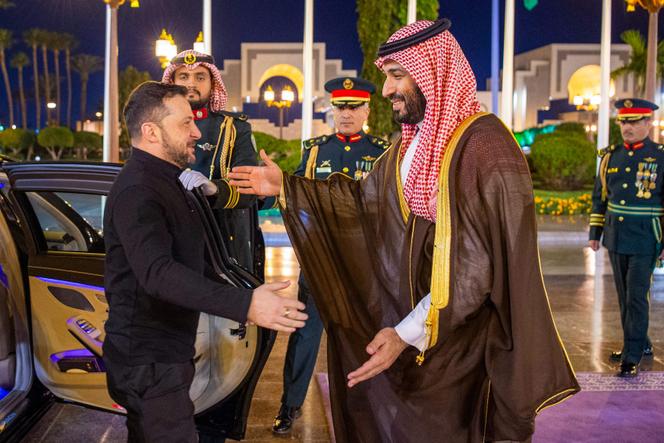

Staying in Kyiv this March, after spending more than a month in the Gaza Strip, has offered a privileged vantage point on the state of our world. In February 2023, I taught at the Mohyla Academy in the Ukrainian capital on the various Middle Eastern components of the Russian aggression. Two years later, when I spoke on the same subject at this university, students needed no convincing of the importance of this Middle Eastern dimension.
It was in Saudi Arabia on February 18 that Donald Trump's United States chose to resume high-level dialogue with Vladimir Putin's Russia, without the presence of either Ukraine or the Europeans. And it was there again that, on March 11, the US forced Kyiv to accept a ceasefire, in a position of weakness from which Russia is already benefiting.
Saudi Arabia's central role officially stems from the prisoner exchanges that the kingdom has been able to facilitate between the US and Russia, as well as between Russia and Ukraine. However, never would Mohammed bin Salman, the country's crown prince and de facto ruler, have assumed this role if, on the one hand, he hadn't invested hundreds of billions of dollars in the US since Donald Trump's inauguration and, on the other, if he hadn't forged a strategic partnership with Putin over the management of the global oil market.
In the transactional logic of this American-Russian-Saudi triangle, Ukraine is likely to be the adjustment variable. This is why Volodymyr Zelensky was keen to travel to Saudi Arabia to meet with bin Salman on March 10, without taking part in the US-Ukrainian talks the following day.

You have 63.82% of this article left to read. The rest is for subscribers only.
